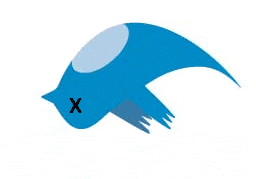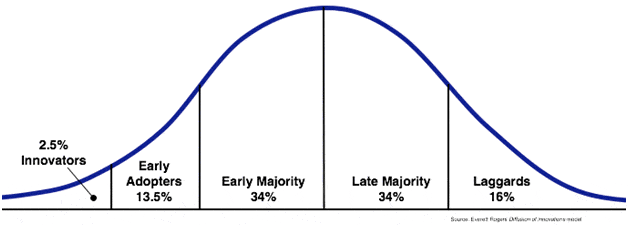I thought it was just me. My daily tweet count is down this year but I attributed that to my suddenly being insanely busy. Busy is good but I do miss the pint-sized social interaction, even if it’s limited to 140 characters. However, I’m wondering if my trend is telling of something more significant.
In January of this year (2010), CNN published an article, “Has Twitter Peaked?” The article actually references the number of visitors to the Twitter site, down 770,000 from its peak in August 2009 of 22 million. These numbers are intriguing since Twitter has had such huge growth in 2009, with several months of double-digit growth.
The author, CNN’s Doug Gross, interviewed Mark Logan of Berkley Marketing, who echoed my own sentiments when he said he wasn’t sure if Twitter has peaked but his own usage has tailed off. Also in line with my own thinking, Logan mentions the “signal-to-noise” ratio and how the early conversations were centered around digital marketing topics and technology, but it has become much broader now.
There is standard model that describes the technology adoption lifecycle. It was developed by Joe M. Bohlen, George M. Beal and Everett M. Rogers at …
I thought it was just me. My daily tweet count is down this year but I attributed that to my suddenly being insanely busy. Busy is good but I do miss the pint-sized social interaction, even if it’s limited to 140 characters. However, I’m wondering if my trend is telling of something more significant.
In January of this year (2010), CNN published an article, “Has Twitter Peaked?” The article actually references the number of visitors to the Twitter site, down 770,000 from its peak in August 2009 of 22 million. These numbers are intriguing since Twitter has had such huge growth in 2009, with several months of double-digit growth.
The author, CNN’s Doug Gross, interviewed Mark Logan of Berkley Marketing, who echoed my own sentiments when he said he wasn’t sure if Twitter has peaked but his own usage has tailed off. Also in line with my own thinking, Logan mentions the “signal-to-noise” ratio and how the early conversations were centered around digital marketing topics and technology, but it has become much broader now.
There is standard model that describes the technology adoption lifecycle. It was developed by Joe M. Bohlen, George M. Beal and Everett M. Rogers at Iowa State College and used to describe how new ideas and technologies spread in different cultures. You’ll recognize the typical bell curve.
So, how do you think the Twitter curve is shaped? My guess is that we’re in the early majority, but I’m not so sure we’ll ever get the late majority or the laggards. So far, none of my friends or family are using Twitter and I don’t expect them to.
Just so you don’t think I’m a Twitter-basher, I will tell you that Twitter has done a lot for me. I’ve met some great folks and won some great new clients. Maybe this post is my unconscious way of apologizing for my lack of tweeting. Tweet me at @BIMarcom.







